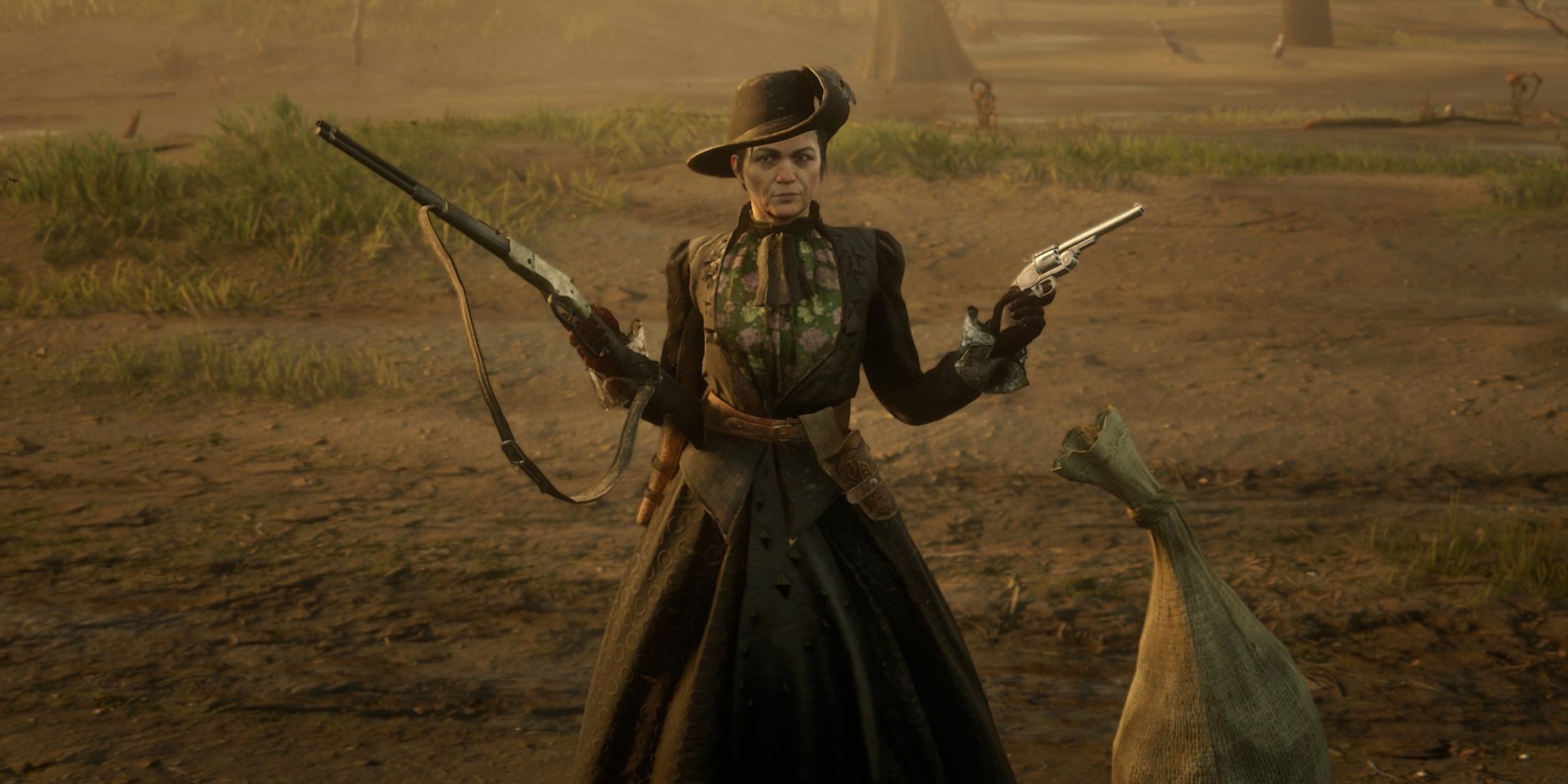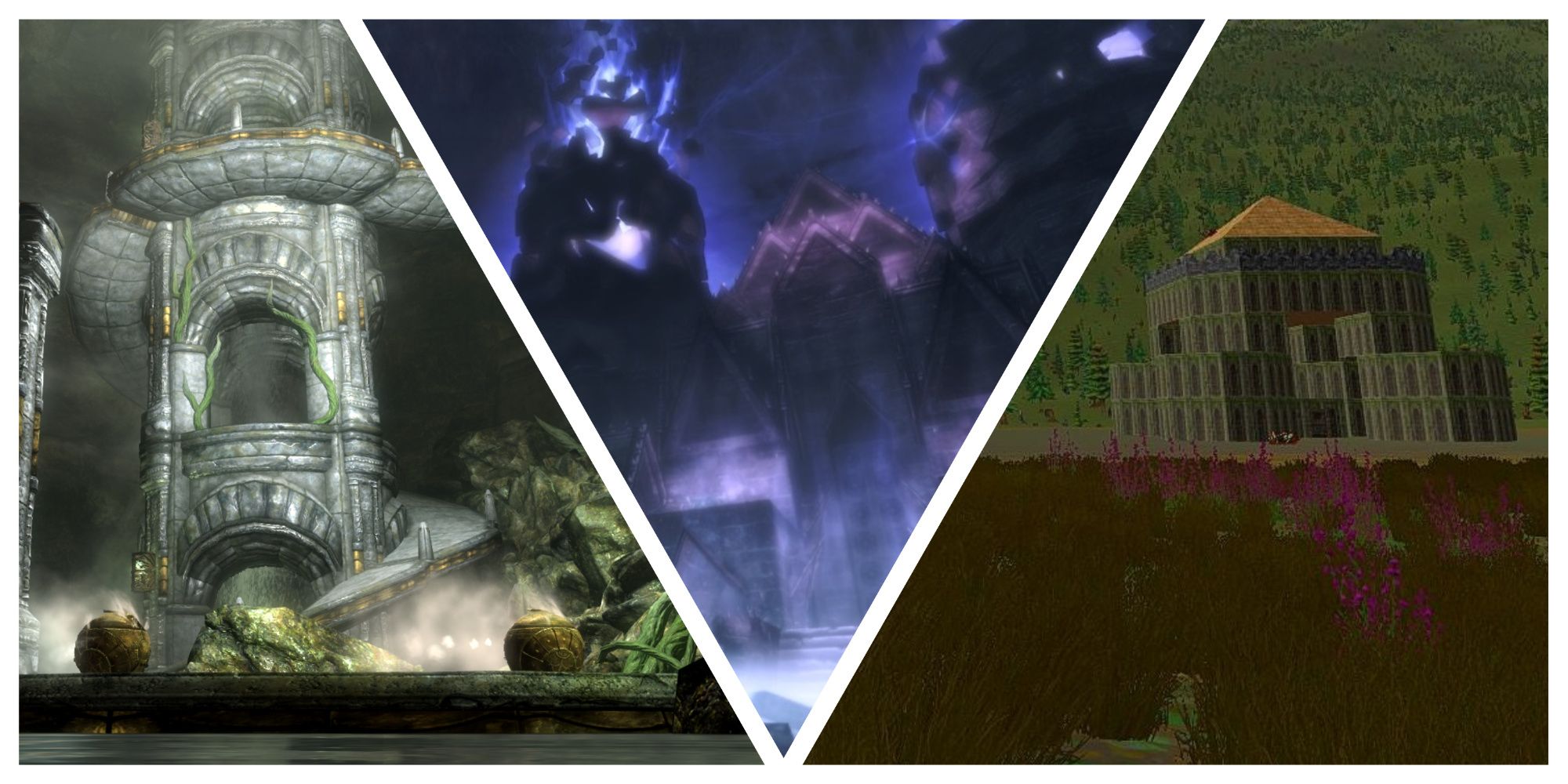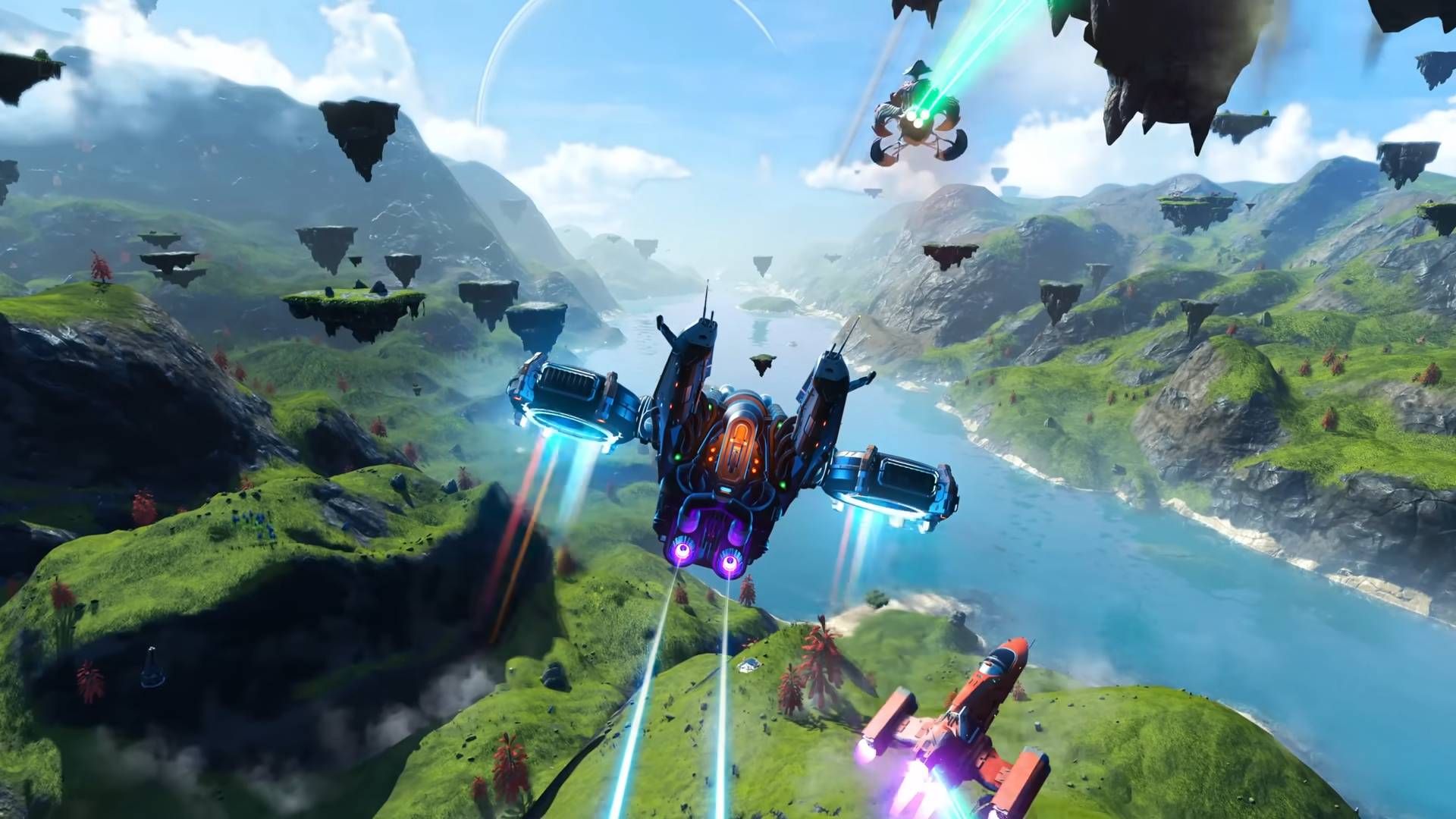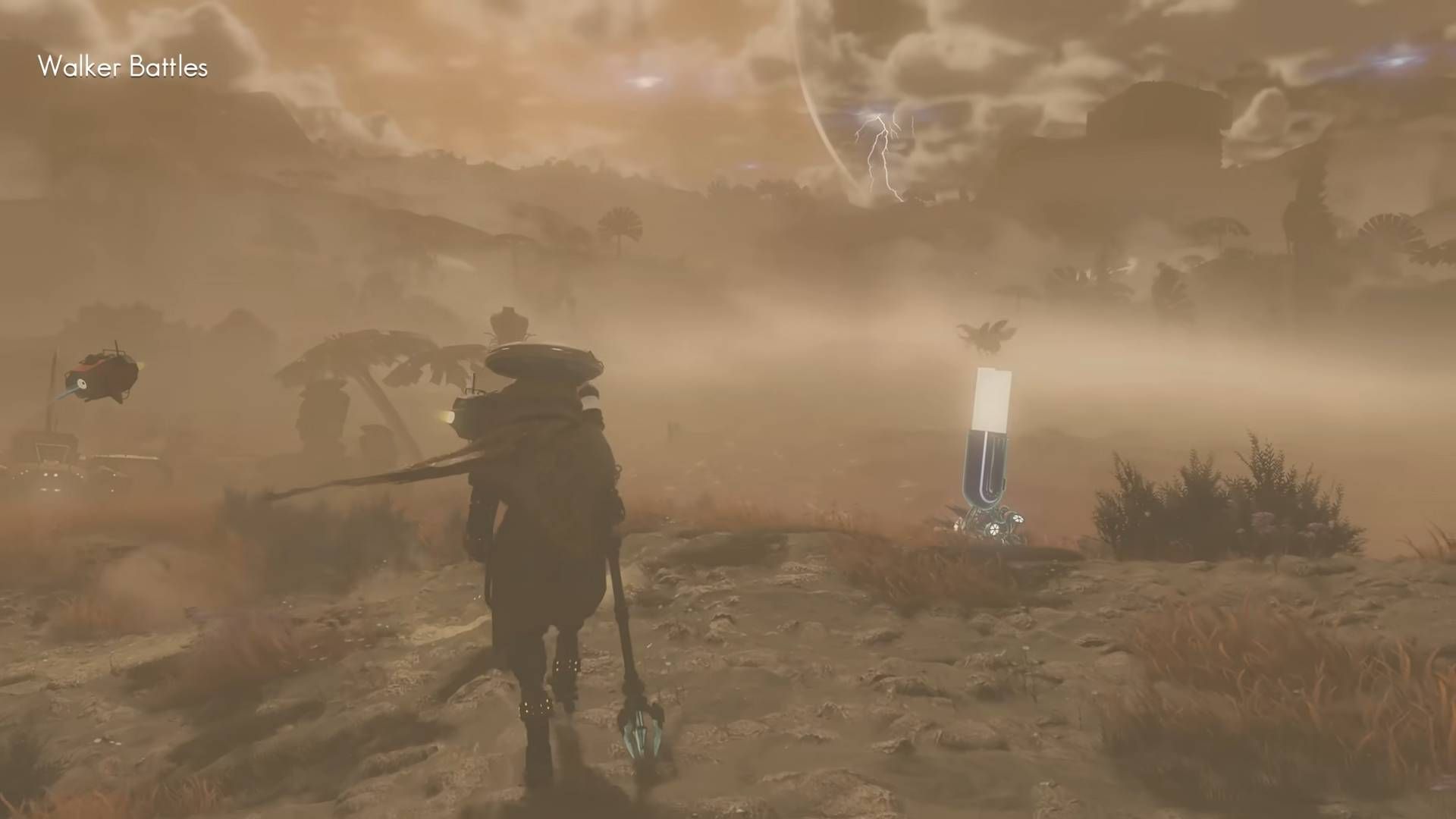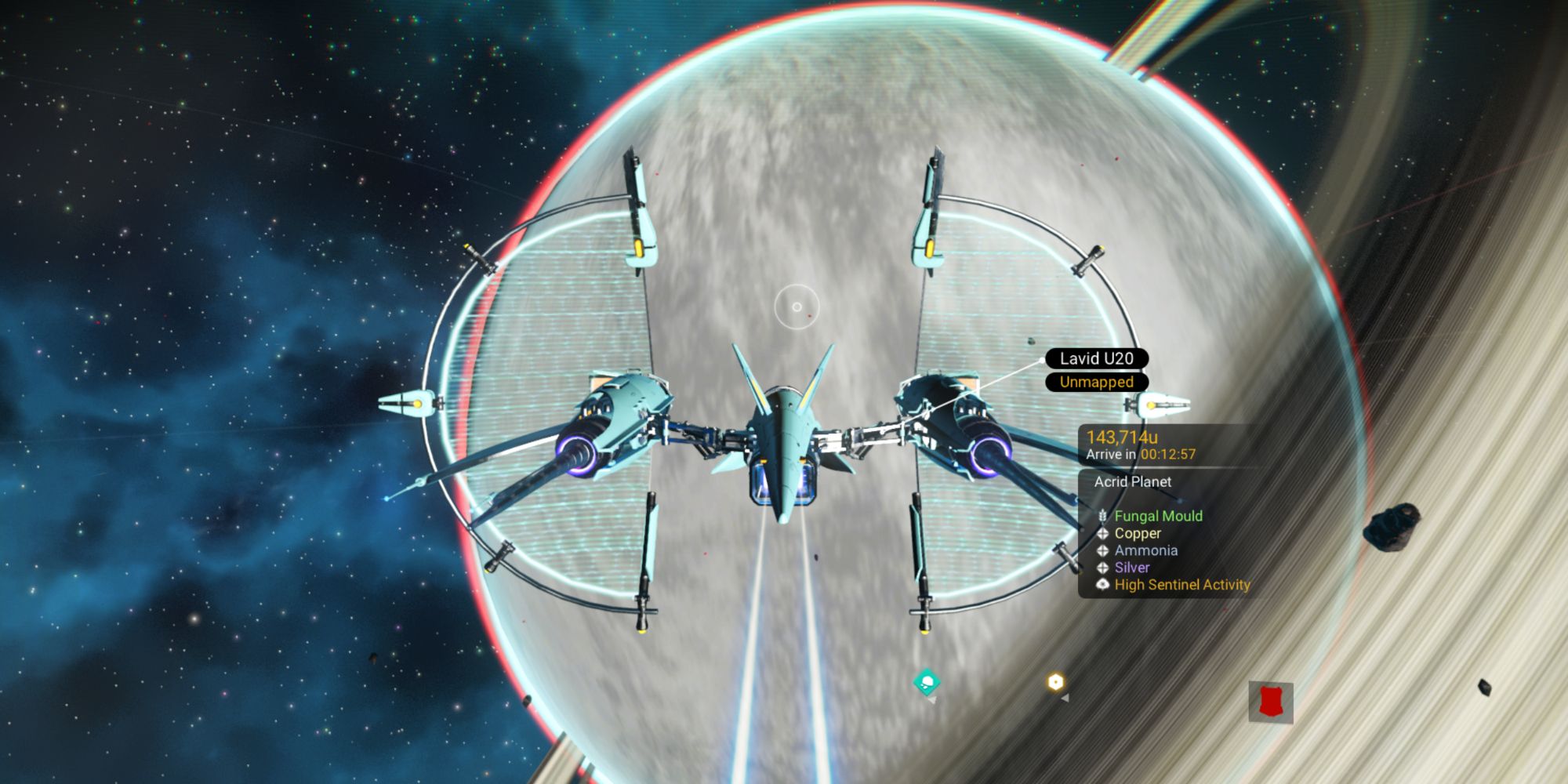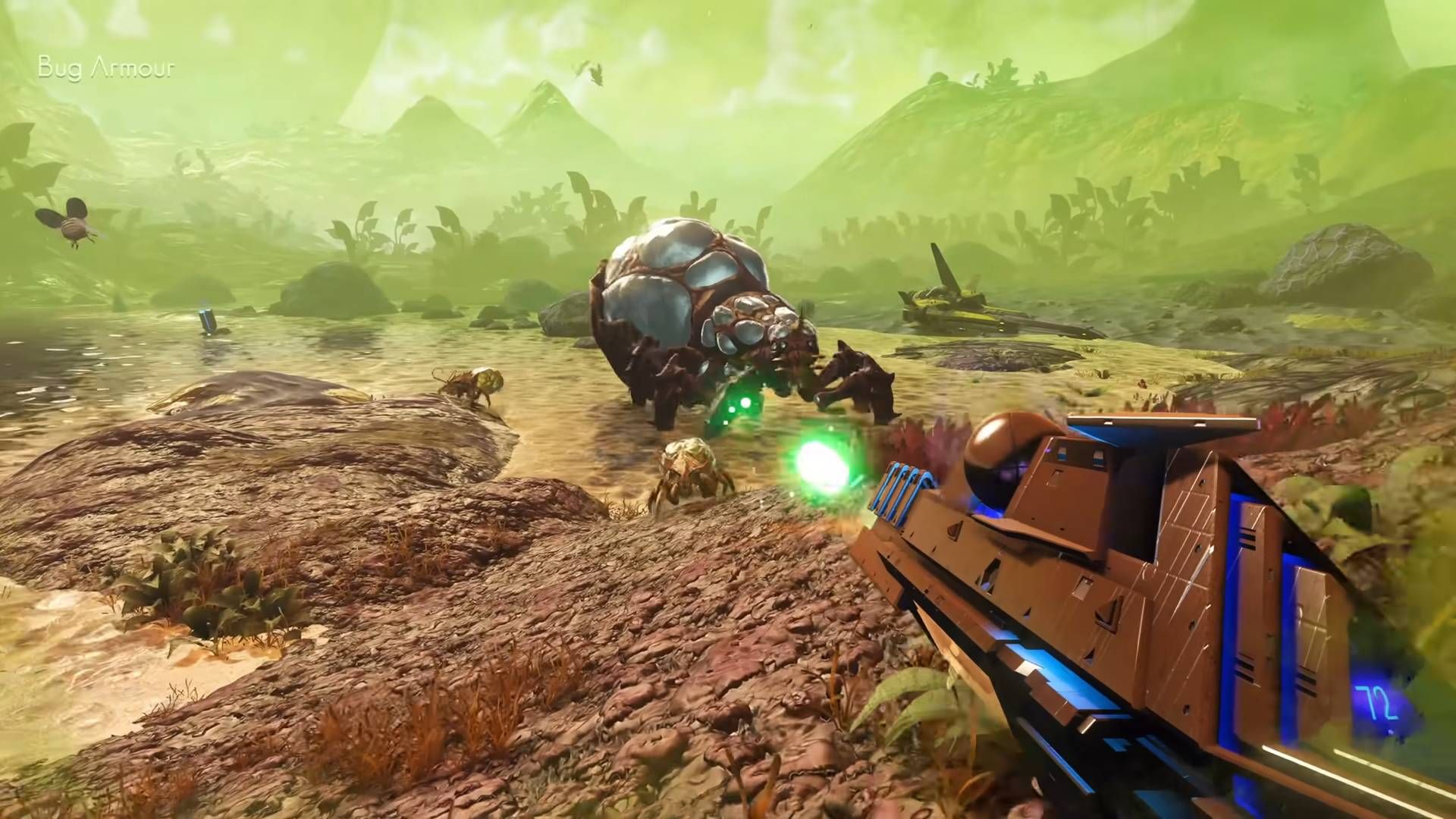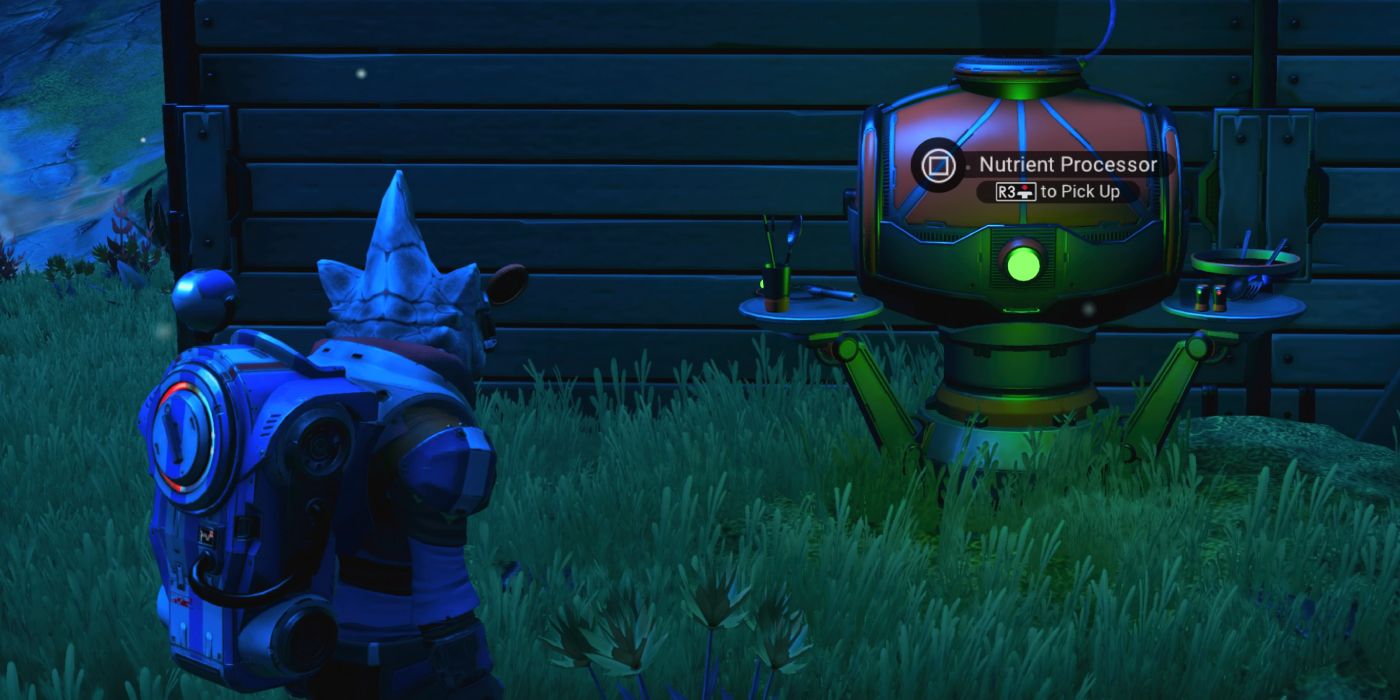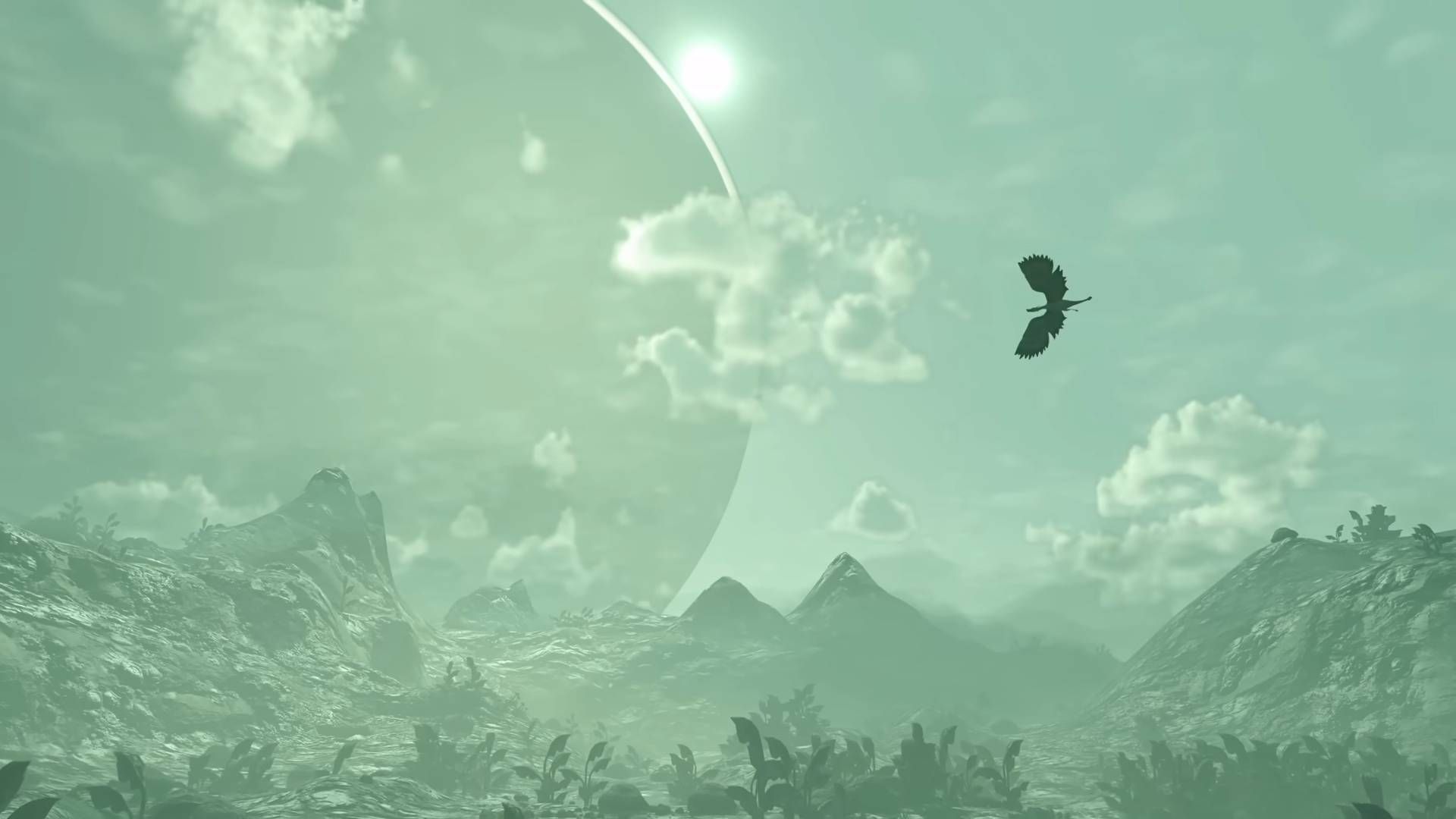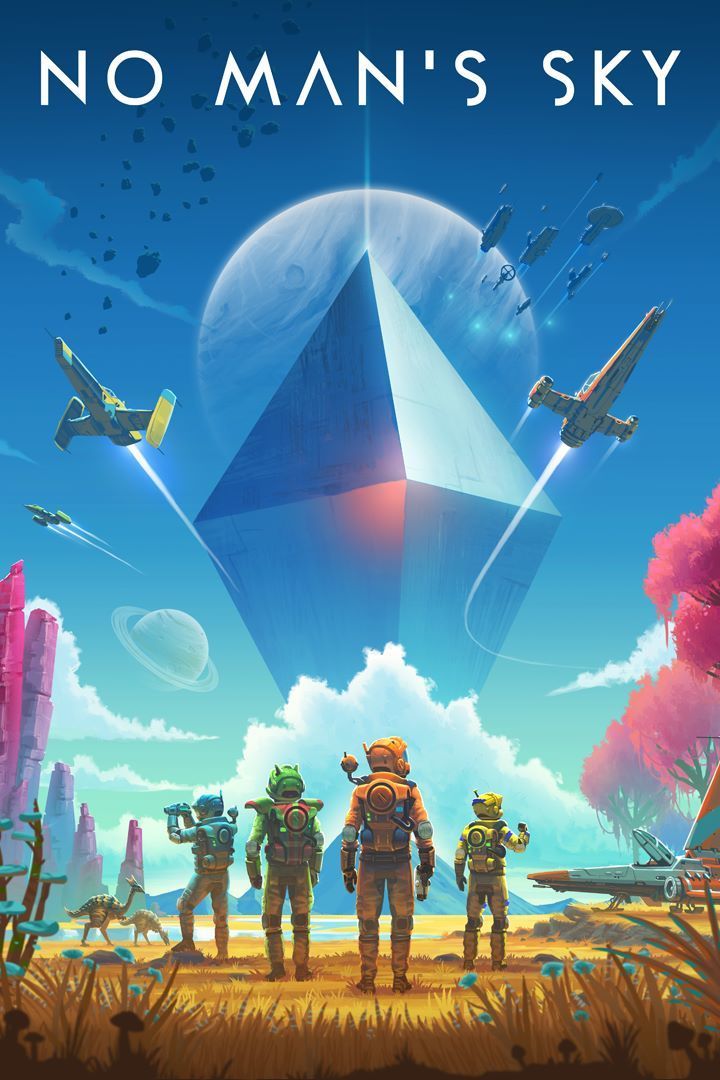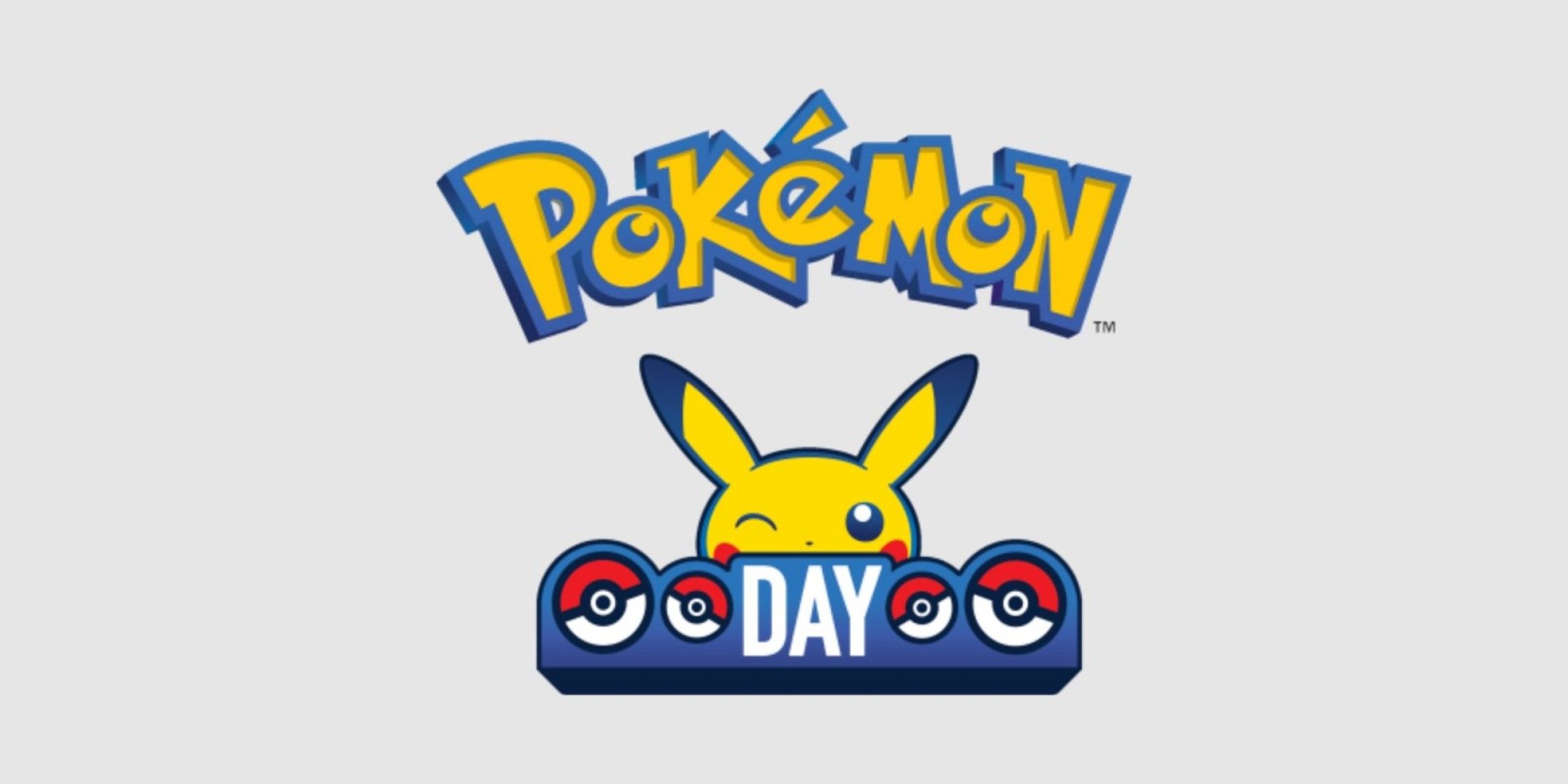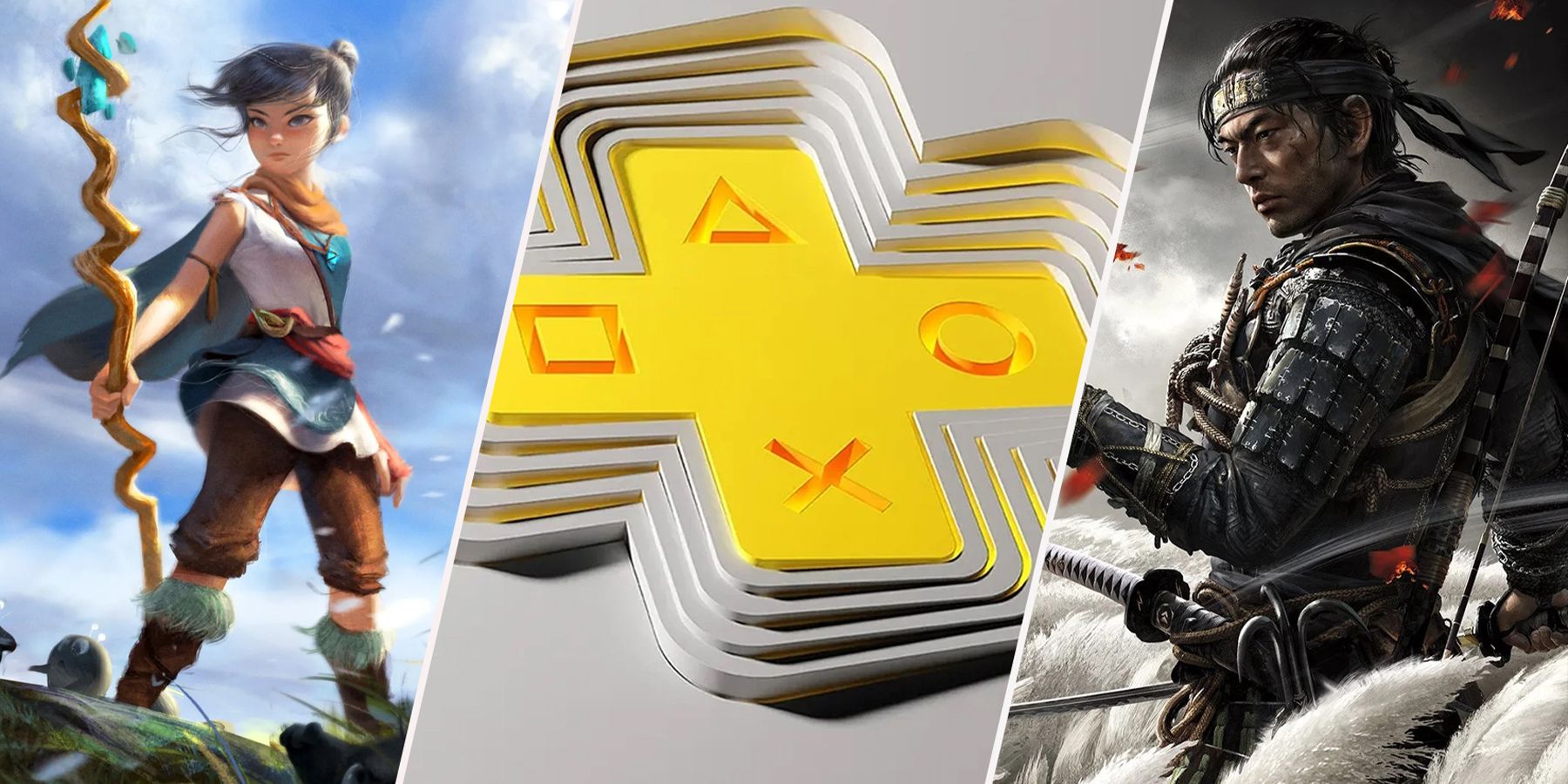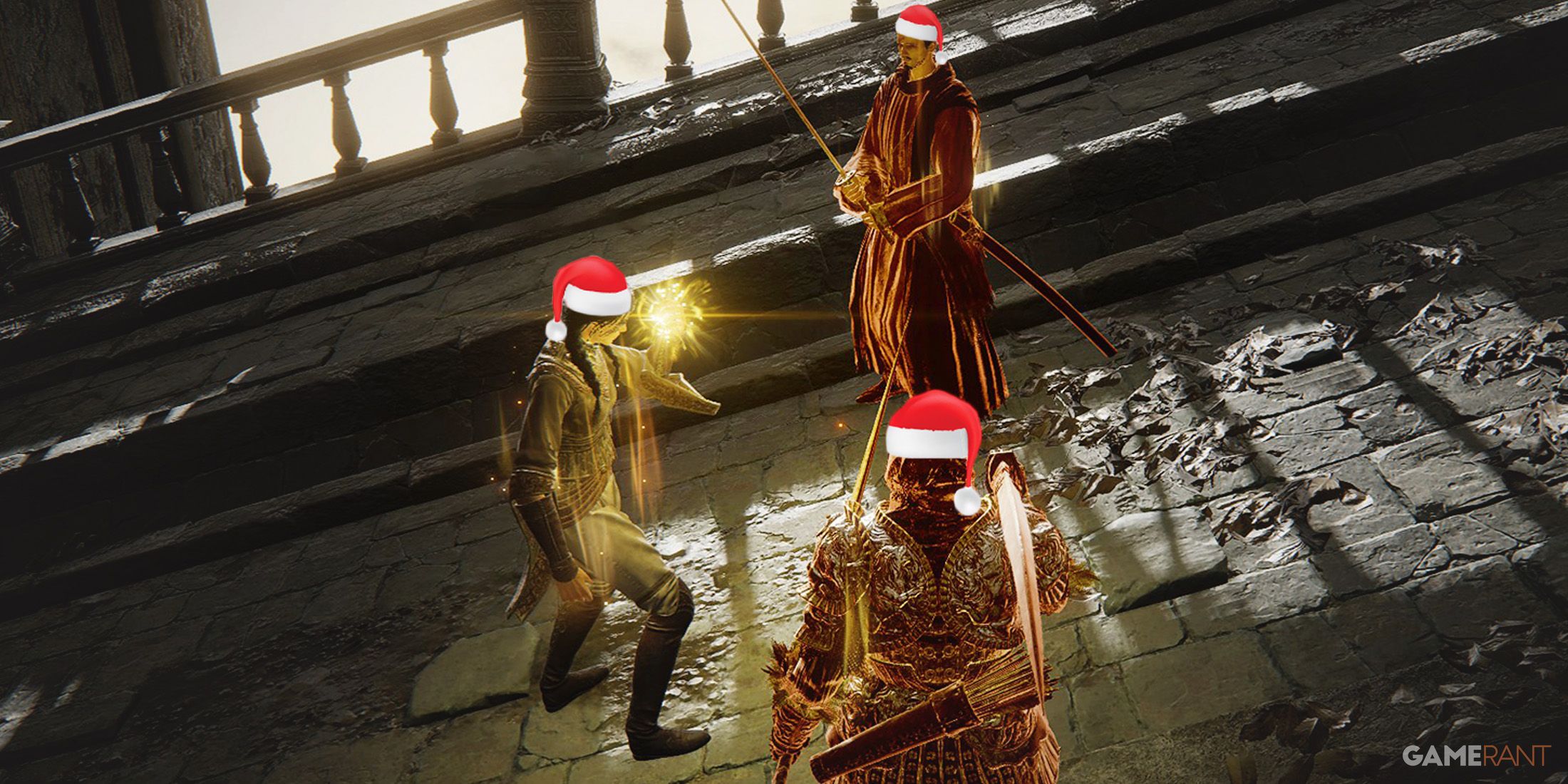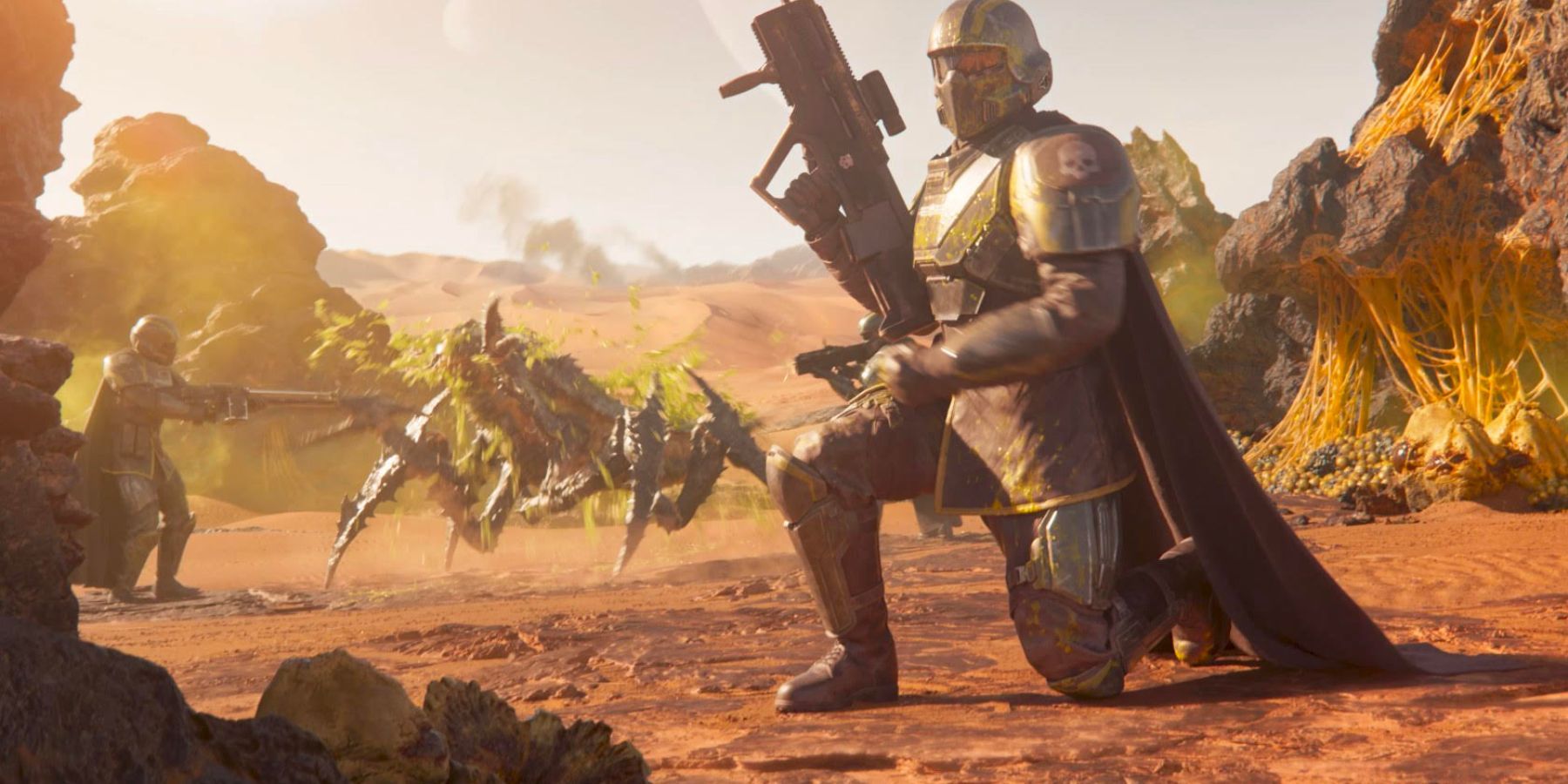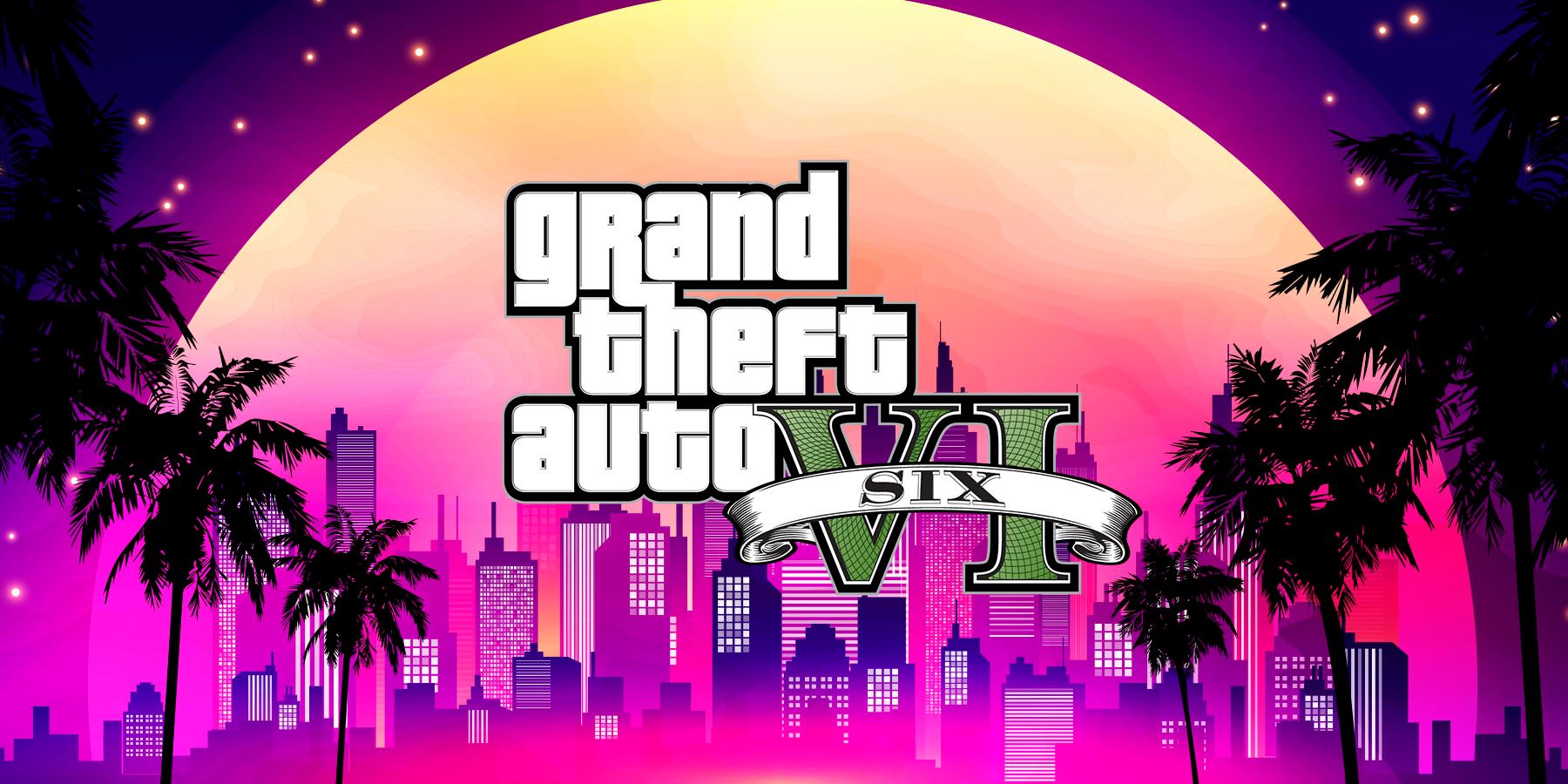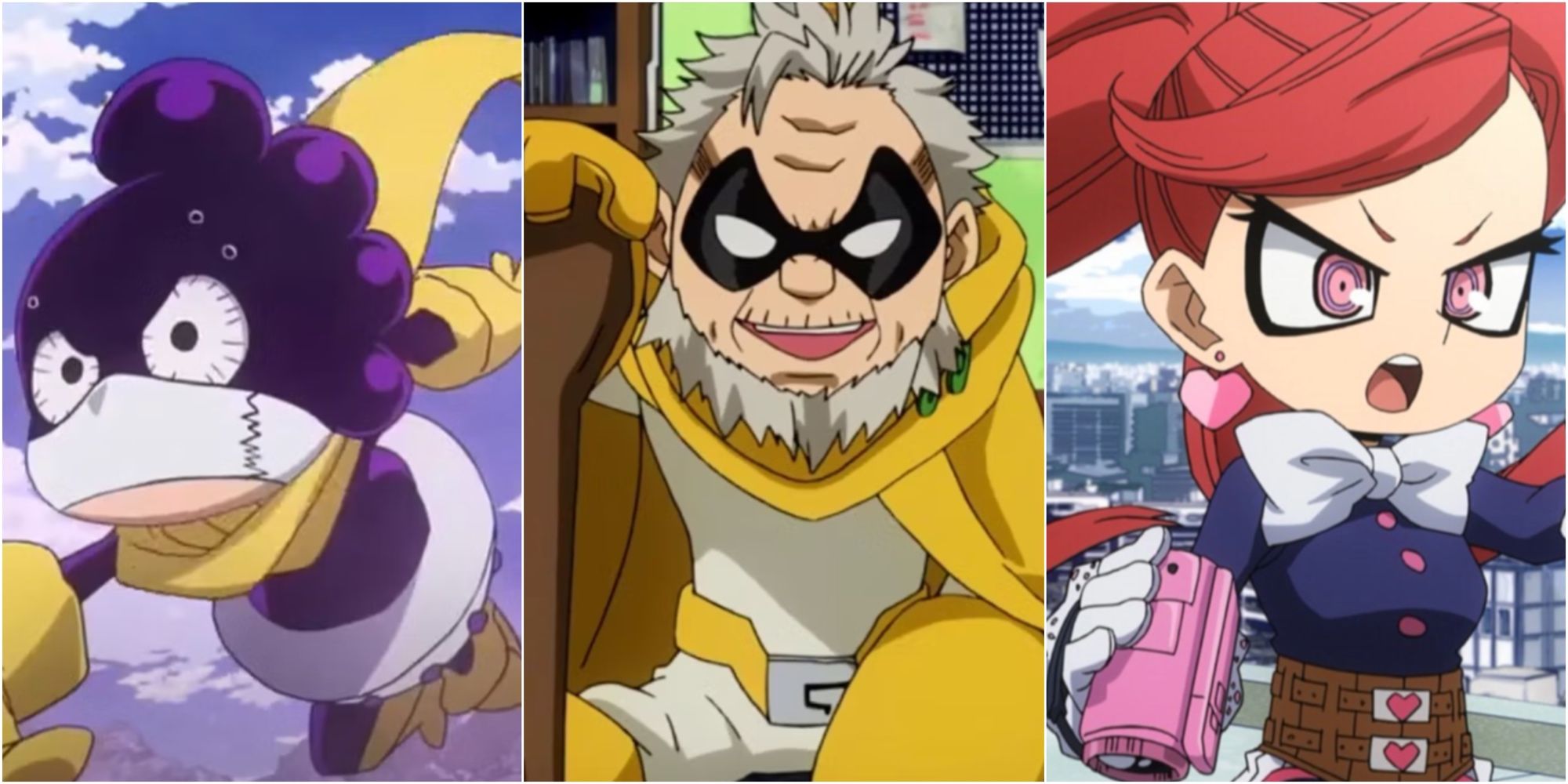No Man’s Sky has received many updates since its rocky original launch. These updates have collectively improved the experience massively, turning the game into the enormous space exploration epic it was originally advertised as. The developers continue to release new updates regularly, implementing new features and refining existing systems to make exploring the universe even more interesting.
With the “Worlds Part 1” update, No Man’s Sky seems to be focusing on making the act of exploring planets more breathtaking. With overhauls to planet generation, new native species to discover, and countless visual and gameplay improvements, we’ve certainly got lots to cover. Here’s the full breakdown.
1:41
Related
No Man’s Sky – Worlds Part I Update Trailer
No Man’s Sky releases a new update called Worlds Part 1 which completely refreshes the game’s universe with new visuals and much more.
Graphical Updates
One of this update’s major focuses was improving the world’s visuals. The major changes are as follows: Volumetric Clouds, High Definition Water, Dynamic Water, Detailed Shadows, New Sky Colors, Dramatic Storms, and Full Wind Simulation.
High Definition Water and Dynamic Water work together to make bodies of water (and ocean planets especially) more visually impressive, with simulated waves and foam generation. Bodies of water will now react appropriately to weather, with violent storms causing turbulent and violent waves. Water now comes in a wider range of colors than ever before, giving a planet’s water more character. The Full Wind Simulation added by this update, in turn, includes dynamic rustling and swaying from plants and other foliage. Wind can also affect existing weather conditions, kicking up dust clouds and altering the course of rain and snow, for example, along with its aforementioned effects on bodies of water.
Most objects, including Travellers, their ships, structures, and wildlife, will now generate accurate shadows that reflect exposure to sunlight correctly. This also affects clouds, so let’s talk about volumetric clouds too. The new volumetric clouds are a complete rework of the game’s existing cloud generation system, featuring a variety of different cloud details, such as wispy cirrus clouds and darker, rain-laden, nimbus clouds. These are paired with modified cloud coverage variety and density, which varies from planet to planet, to make the skies of each world more visually interesting.
Storms and heavy weather have been enhanced with atmospheric fog, wind-responsive particle effects, and new ambient effects. Running for cover has never looked so good. Looking skyward, you’ll also see a wide range of new sky colors, with the developers hinting at some rare hues for dedicated explorers to find. Atmospheric effects, such as ash or snow, have been improved visually too, for greater variety.
World & Discovery Changes
It is now possible for players to rename their discoveries at any time, even after they’ve uploaded their discoveries and received the reward for doing so. This will no doubt be of interest to players who regret a naming decision they’ve made in the past. This comes alongside numerous environmental changes and the addition of new creatures to discover. Creatures who have hybridized with flora can now be discovered when exploring planets, alongside a wide variety of new insectoid species. While most are peaceful, there are also deadly new “Brood Mother” enemies that can be encountered on some worlds. Walking buildings have also been sighted on worlds with particularly powerful anomaly readings, striding across the landscape as sentient constructs.
Some lush and tropical worlds have developed gravitational anomalies in the form of floating islands. These new geological changes necessitate good use of the jetpack or careful landings with your ship to explore. Naturally, these islands pair with dynamic water to produce striking waterfalls, and you can build structures on them if you want to live in the sky.
Frozen Worlds have also received some love in this update, gaining icy trees, glacial rocks, and a variety of new types of flora and mineral formations. This makes settling on an ice world (like I did) all the more appealing despite its dangerously low temperatures. Desert Worlds have also been improved, featuring new feather-fronded plants. Similarly, striking improvements have been made to irradiated, toxic, and scorched worlds.
Ship and Base Building Changes
Players who enjoy constructing their own ships will be thrilled to hear that Solar-Class Starships can now be custom-built from parts using the Ship Building System. On the base-building side of things, you can now build skylights to let some of that beautiful sunlight into your base and enjoy the improved skies.
Liquidator’s Expedition
This new expedition will be running for six weeks starting shortly after the update goes live. Taking inspiration from Starship Troopers, this expedition has players fighting off hordes of bugs and other abominations alongside the Liquidator Vanguard, traveling to several planets and showing off the new world generation improvements in the process.
Taking part in the event offers several rewards, including a full suit of Chitin Armor and a matching jetpack, inspired by the new insectoid enemies you’ll be facing. You’ll also be able to acquire an assortment of trophies and posters. That said, the biggest reward is definitely the Liquidator Mech Armor, a close-range flamethrower setup for the Minotaur that is perfectly suited to tearing through hordes of bugs. It can be earned piece by piece as you take on the vile brood.
Nutrient Processor Recipes
One major gameplay change is the addition of over 40 new recipes in the Nutrient Processor, allowing players to cook up all kinds of edible items with whatever ingredients they can get their hands on. Ingredients from the new insectoid creatures can be used in many of these recipes, creating some tasty but unsettling new dishes.
Quality of Life & UI Changes
Several changes have been made to the UI, along with some small quality-of-life changes. For example, Sentinel Walker battles have now been given a boss health bar, similar to those used for Sentinel Capital Ship encounters, making it easier to keep track of enemy damage. Additionally, interaction labels have been adjusted to make it easier to see which object you are being prompted to interact with, and text has been adjusted across the board for better readability in all conditions.
Similarly, it has now been made possible to quick-fill refiner slots with an entire stack of resources, as an alternative to the more precise drag-and-drop method already present. As a similar improvement, damaged life-support tech can now be repaired from the quick menu, which means less time spent in menus when you have all the necessary components. There are also countless smaller changes and bug fixes.
